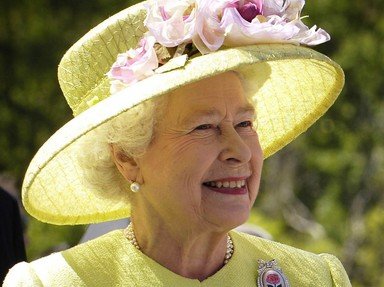Quiz Answer Key and Fun Facts
1. King Edward VIII, later to become the Duke of Windsor, was awarded the Military Cross during the First World War for serving in the British Army. In which regiment was he serving?
2. Prince Henry, Duke of Gloucester, was appointed in 1944 to serve as the Governor-General of which of the Dominions?
3. Prince William of Gloucester did not follow his father into the army, instead electing to join the diplomatic service. His last posting before he left the service in 1970 was to the British embassy in which country?
4. As a younger son, Prince Richard, Duke of Gloucester, was not expected to succeed his father. As a result, he chose his own career path, being trained in which profession?
5. Prince George, Duke of Kent, was the first member of the Royal Family to work as a civil servant when he joined the Foreign Office having left which branch of the armed forces?
6. Prince Edward, Duke of Kent, had a distinguished twenty-year career in the Army, having been commissioned in 1955 as an officer in which cavalry regiment?
7. Prince Michael of Kent can speak a number of languages other than English, but in which European language is he a qualified interpreter?
8. Princess Alexandra was a pioneer when she became the first British princess to be educated at school. Which girls' school did she attend?
9. Princess Mary, the Princess Royal and Countess of Harewood, had a lifelong interest in nursing and, in 1926, was appointed as Commandant-in-Chief of the detachments of which voluntary organisation?
10. George Lascelles, Earl of Harewood, had a number of different interests, one of which was football. In addition to serving as the president of the Football Association, he was also the Club President of which English football club?
Source: Author
Red_John
This quiz was reviewed by FunTrivia editor
ponycargirl before going online.
Any errors found in FunTrivia content are routinely corrected through our feedback system.
